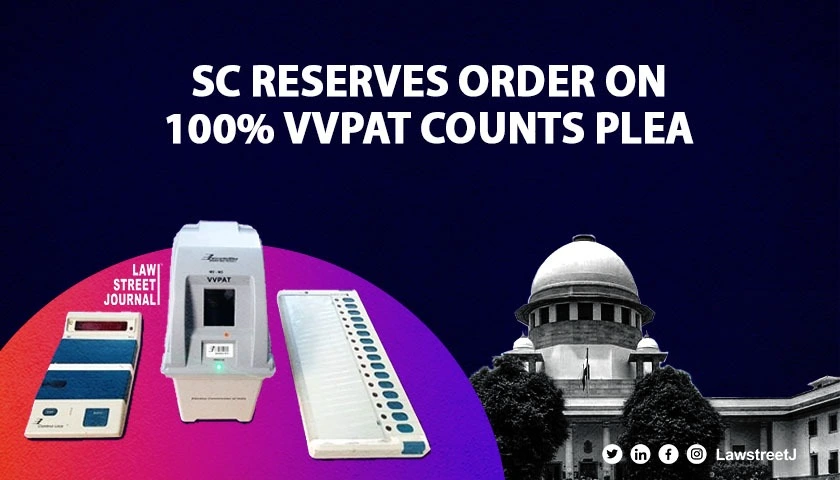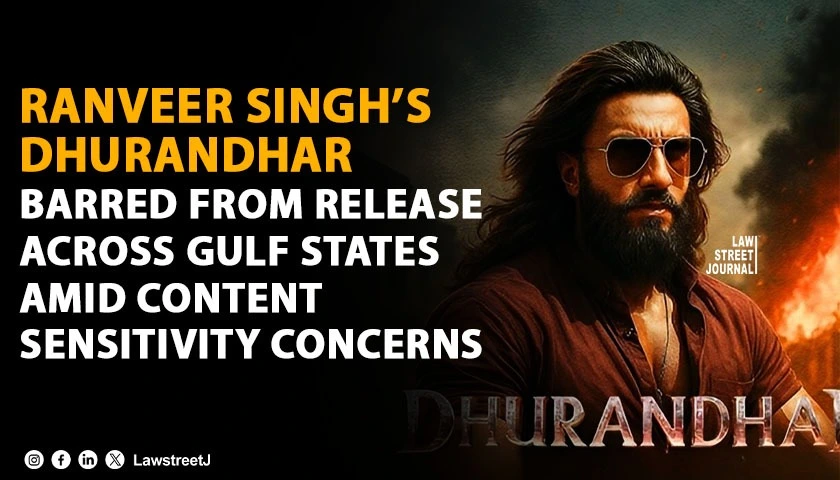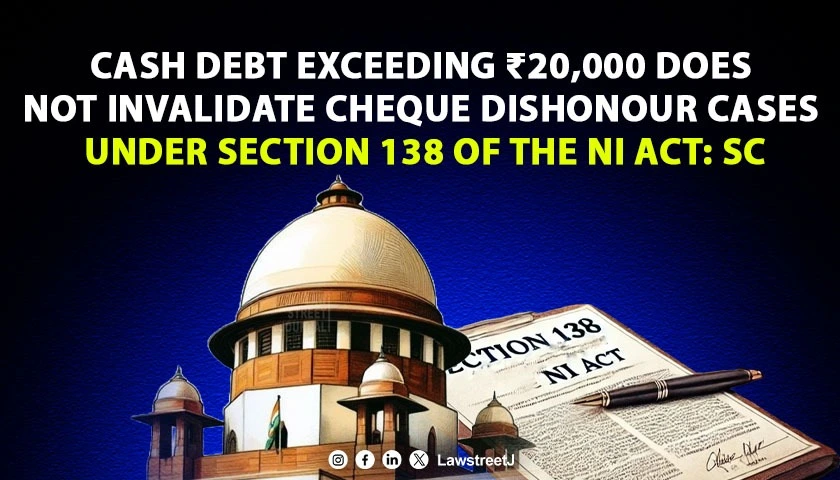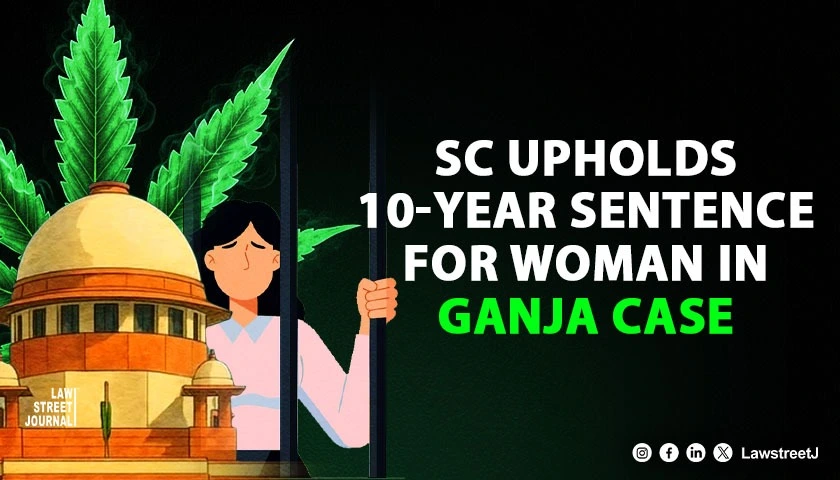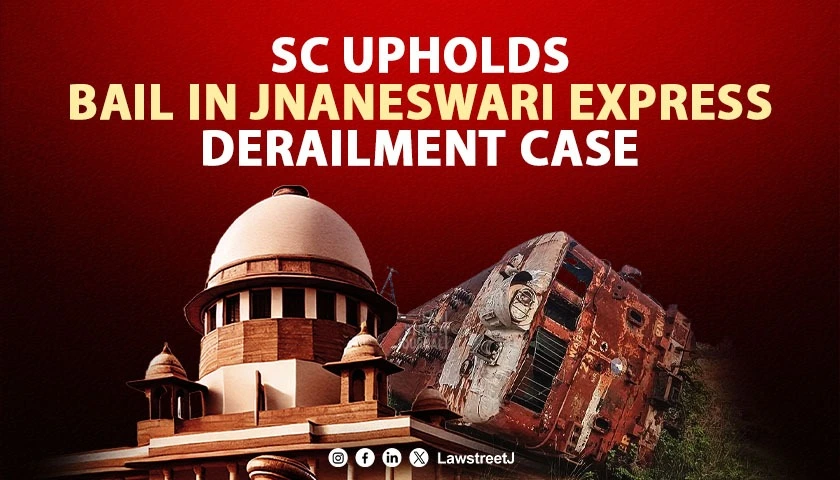NEW DELHI: A plea has been filed in the Supreme Court for review of its April 26 verdict declining to consider a demand for a 100% cross-verification of votes cast using EVMs with Voter Verifiable Paper Audit Trail (VVPAT) and or return to the old paper ballot system.
A bench of Justices Sanjiv Khanna and Dipankar Datta had then dismissed the plea made in a batch of PILs filed by NGO Association for Democratic Rights and others.
Now, the review petition has been filed by Karnataka based advocate and activist Arun Kumar Agrawal.
A review petition is considered by the same bench of judges inside chambers through circulation of papers as per the SC Rules.
The petition filed through advocate Neha Rathi stated that the April 26 concurring judgments incorrectly notes that presently, 5 % of the VVPAT slips are tallied with votes cast, when in practice only 1.97 % of VVPAT slips are tallied with EVM votes.
"Electronic voting machines do not allow voters to verify that their votes have been accurately recorded. Furthermore, given their very nature, electronic voting machines are especially vulnerable to malicious changes by insiders such as designers, programmers, manufacturers, maintenance technicians, etc," the plea said.
The plea claimed that there are mistakes and errors apparent in the April 26 judgments.
It said, "The petitioner respectfully seeks review on the following issues as have been dealt with in judgment: i) Feasibility of counting of all VVPAT paper slips in terms of time to be taken and additional manpower ii) Vulnerability of SLU iii) Percentage of VVPAT slips counted for tallying with EVM votes after Chandrababu Naidu (2019)".
The review petition contended that VVPAT paper is of the same size as the thermal printout received when a credit/ debit card is swiped on making a payment.
"The counting of the slips after they have been sorted candidate-wise, is in fact easier than counting normal paper because the VVPAT paper slip is slightly curled on account of being thermally printed from a roll," it contended.
The plea stated that the curling makes the picking up of the paper slip from the surface of a table easy and each slip can be counted while being picked to make bundles of 25 slips (as mandated under instructions given in the Election Commission of India's Manual on EVM and VVPAT, 2023).
It claimed the findings by the court that the 100 % matching of EVM-VVPAT data would cause a delay in the poll results being declared, were not correct.
The petitioner submitted that if the same number of tables is utilised for counting of the VVPAT slips under the existing CCTV surveillance system, the entire counting of an average of 250 booths can be done within 5-8 hours with the additional manpower of (28 x 4) 108 persons per assembly segment.
"Thus, it is not correct to state that the result will be unreasonably delayed, or the manpower required will be double of that already deployed. Furthermore, the existing CCTV surveillance of counting halls would ensure that manipulation and mischief does not occur in VVPAT slip counting," the plea said.
"It is respectfully submitted that the entire discussion on the SLU ignores the fact that SLU is vulnerable and needs to be audited. This court completely overlooked the possibility that the data in the SLU can have extra bytes other than just the necessary images," the plea contended.

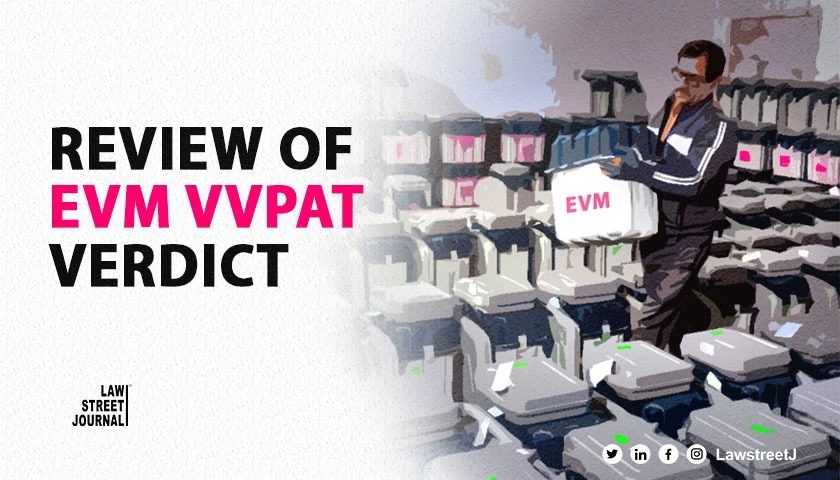
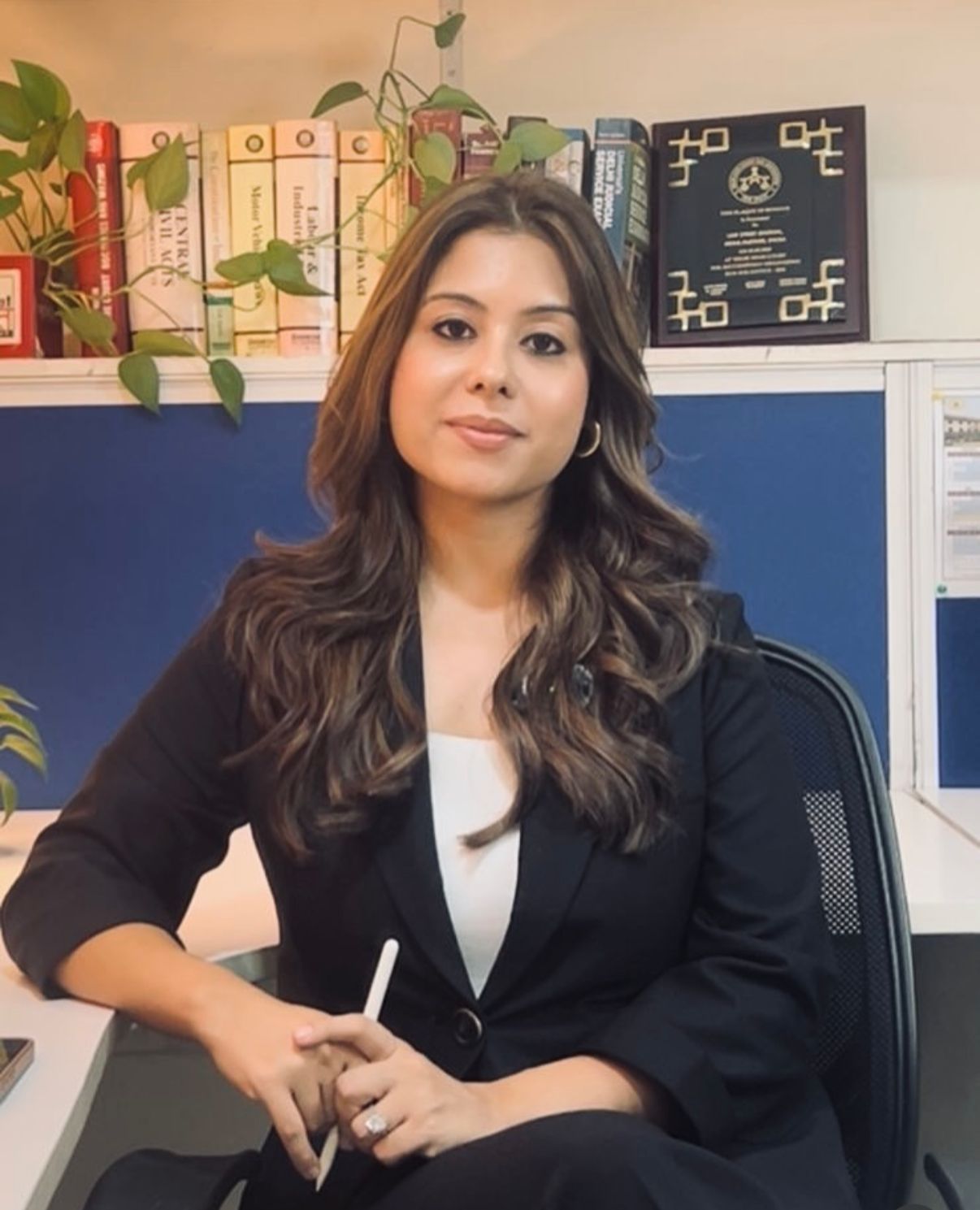




![Election Commission Opposes 100% VVPAT Verification, Citing Concerns About Reverting to Paper Ballots [Read Order]](/secure/uploads/2023/09/lj_1889_4436e384-43c5-4808-a5da-d1cc70336ffb.jpg)


